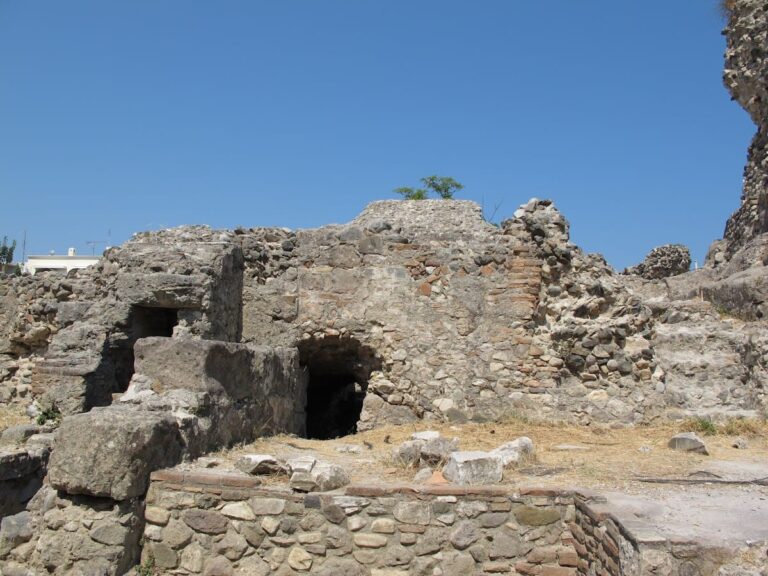Palaio Pyli: A Byzantine Fortress in Kos, Greece
Visitor Information
Google Rating: 4.7
Popularity: Medium
Google Maps: View on Google Maps
Country: Greece
Civilization: Unclassified
Remains: Military
History
Palaio Pyli is a Byzantine fortress situated in the municipality of Dikeo, Greece. It was primarily constructed by the Byzantine civilization during the 9th to 11th centuries and experienced continued development into the 12th century.
The earliest fortifications at Palaio Pyli trace back to the Mycenaean period, indicating the site’s long-standing strategic importance. Throughout the medieval era, the fortress served as a significant refuge and defensive stronghold on the island of Kos. In the 11th century, a monk named Hosios Christodoulos played a key role in founding or enhancing the fortress and also established the nearby monastery of Panagia ton Kastrianon, linking religious and military presence at the site.
During the 15th century, the fortress saw increased reinforcements under the Knights Hospitaller, who governed Kos from 1315 until 1522. Despite suffering damage in the earthquake of 1493, the fortress withstood a Turkish siege in 1457 and remained a critical defensive position until the Ottoman conquest in 1523. After the Ottoman takeover, partial repairs were made to the fortress. Around this time, a settlement developed near the fortress, protected from pirate raids and serving as a local community hub. The fortress was continuously occupied until about 1830, when a cholera epidemic led to the abandonment of the site. Historical sources from 1085 mention the fortress and highlight its enduring strategic role.
Palaio Pyli’s extensive Byzantine ruins have earned it the nickname “Dodecanesian Mystras,” reflecting its cultural and historical significance within the region.
Remains
Palaio Pyli occupies a hilltop on the northwestern slopes of Mount Dikaios, approximately 300 to 360 meters above sea level, offering wide views over the northern coastline of Kos. The fortress is enclosed by three layers of defensive walls. The innermost wall tightly encircles the hill’s summit, while the second wall protects a broader area along the east, south, and west. A third outer wall is positioned to the north of the upper enclosures. Today, seven towers remain; four stand along the upper walls and three guard the lower fortifications.
The fortress’s main entrance features a square gate framed by semicircular arches, dating to the late 11th or early 12th century. It showcases a distinctive construction technique from the Dodecanese known as the “hidden socle,” where the base is concealed for structural and aesthetic effect. The walls and internal buildings are primarily constructed from limestone and local volcanic rocks, incorporating brickwork in a manner uncommon for the region. Most structures are now in ruins except one square building in the northern corner of the upper enclosure, notable for its preserved six-meter wall segment.
Central to the fortress’s upper level is a large underground cistern, which would have supplied water during sieges. Within the fortress’s remains stand three Byzantine churches from the 11th century. These include the Church of Saint Anthony (Ágios Antónios), the Church of the Virgin Mary of the Castle (Panagía ton Kastrianón), and the Church of the Holy Unbodied Ones (Ágioi Asómatoi), dedicated to angels. These religious buildings emphasize the fortress’s spiritual as well as military roles.
The ruins of the fortress and the surrounding village extend between three and nine kilometers from the modern settlement of Pyli, located on the slopes of the Dikaios mountain range. The careful construction and layered defenses reveal Palaio Pyli’s importance as a fortified refuge and religious site over many centuries.










